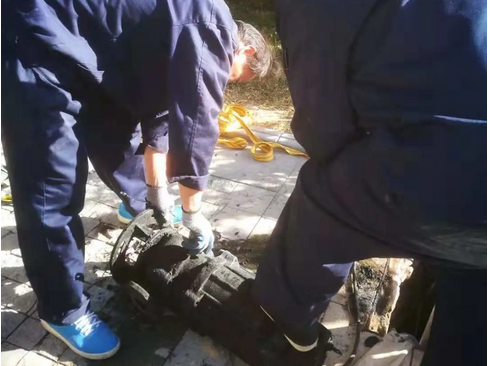Daily maintenance of sewage pump
Daily maintenance of sewage pumps is an important measure to ensure their normal operation and extend their service life. The following are some key maintenance steps and precautions:
1. Regular inspection and cleaning
Check fasteners and seals:
After the sewage pump has been working continuously or cumulatively for more than a certain period of time (such as 1000 hours), check whether the fasteners are loose and whether the mechanical seal is in good condition. If abnormalities are found, they should be repaired or replaced in time.
Regularly check whether the mechanical seal oil is turbid. If it is turbid, it should be replaced in time.
Cleaning the pump body and impeller:
When the sewage pump is lifted out of the water after use, the impeller part should be cleaned in time, the accumulated materials in the pump should be removed, and the pump body should be wiped dry and placed in a dry and ventilated place to avoid long-term immersion in water.
2. Lubrication and replacement of parts
Bearing lubrication:
Inject an appropriate amount of bearing lubricating oil into the bearing body, ensure that the oil level is at the center line of the oil mark, and check regularly, and replace or replenish the lubricating oil in time.
For newly put into use split-center sewage pumps, the lubricating oil should be replaced after 100 hours of operation, and then the lubricating oil should be replaced every 500 hours of operation.
Replace the sealing ring: After the sewage pump is used for a long time, the gap between the impeller and the sealing ring may increase, resulting in a decrease in flow and efficiency. The power supply should be cut off regularly, the water pump should be removed, and the worn sealing ring should be replaced to ensure that the gap does not exceed the specified value (such as 0.5 mm).
3. Electrical inspection and protection
Cable inspection:
The cable should be inspected 1-2 times every six months, and the number of inspections can be increased if conditions permit. If damaged, it should be replaced immediately.
Motor insulation inspection:
If conditions permit, check the motor insulation once or twice a year to ensure that the insulation level meets the requirements. If the insulation level is found to have decreased, the manufacturer's after-sales service should be contacted in time.
4. Seasonal maintenance
Winter antifreeze:
In the cold winter, after parking, the drain plug at the bottom of the pump body needs to be opened to completely drain the medium to prevent the pump body from freezing and cracking.
Sewage pumps that are not used for a long time should be lifted out of the sewage pool, cleaned and placed in a ventilated and dry place, and pay attention to antifreeze.
Long-term out-of-service maintenance:
If the sewage pump needs to be out of service for a long time, it should be fully disassembled, the internal moisture should be removed, and anti-rust grease should be applied to the rotating parts and connections and properly stored.
5. Other precautions
Operation monitoring:
During the operation of the sewage pump, pay close attention to parameters such as bearing temperature and motor load condition to ensure that they do not exceed the normal range.
If the sewage pump is found to be operating abnormally or making abnormal noises, it should be stopped immediately for inspection and continued to operate after troubleshooting.
Safe operation:
During maintenance, ensure that the power supply has been cut off and follow relevant safety operating procedures to avoid safety accidents such as electric shock.





